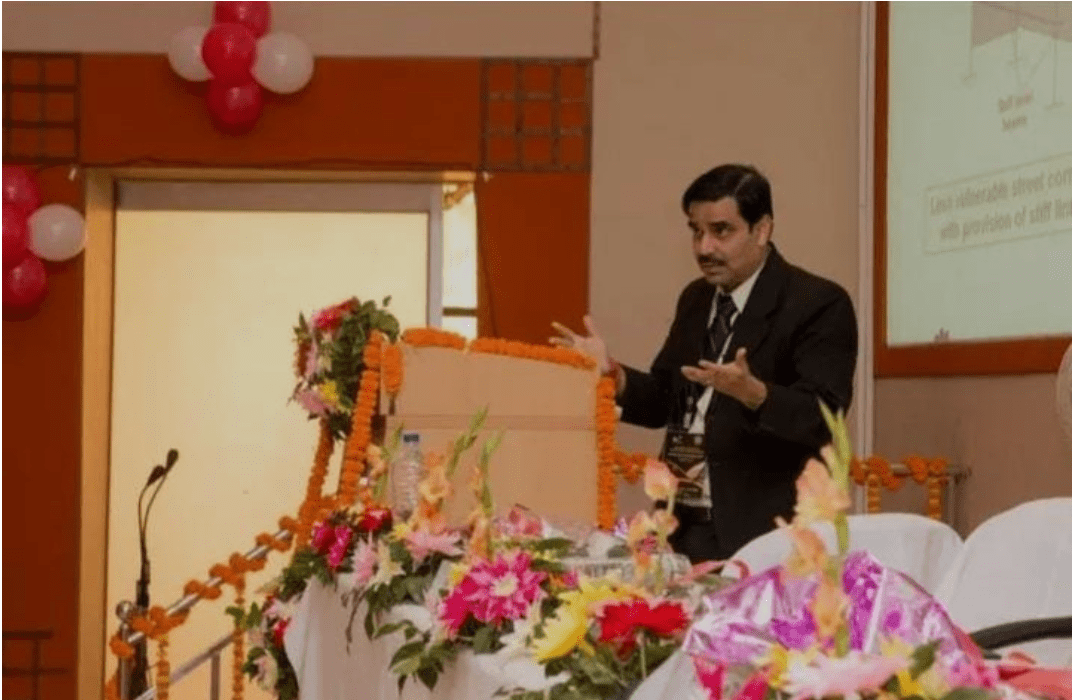High-rise buildings are a common sight in almost all countries, especially in urban centers, due to the limited space for accommodating the significant influx of people from rural areas for educational and professional opportunities. City planners and real estate developers design and build tall buildings and construct them vertically rather than horizontally to accommodate more residential apartments and offices in limited spaces. The development and construction of numerous high-rise apartment and office buildings entail several design and development considerations according to building codes, safety standards, and other factors. Safety and structural integrity are the primary elements affecting a construction project’s design and development phases. Architects and engineers must ensure that the buildings withstand the test of time regardless of climatic conditions and other unexpected events like natural disasters. Even the slightest errors or omissions during the design phase regarding structural integrity and safety codes can substantially increase the risk of collapse and significant human and economic losses.
Earthquakes, floods, cyclones, and other natural disasters cause substantial economic, human, and infrastructure losses annually due to a lack of planning and adequate preventive measures. Engineers must design and develop buildings and structures that withstand earthquakes and other natural disasters by considering numerous elements and integrating several mechanisms into the design and construction processes. Earthquake resistance is a primary consideration for many regions that witness frequent earthquakes and have many high-rise buildings and structures. For example, engineers in urban areas and cities like Tokyo, Osaka, Los Angeles, and San Francisco must consider several elements during design and development from earthquake perspectives. Engineers in such densely populated cities make an extra effort to reinforce buildings and tall structures against earthquakes. However, earthquake resistance and planning are also essential for developing nations due to inadequate planning in many projects and the limited availability of experts. Scholars like Sekhar Chandra Dutta are among the few experts offering valuable insights and inputs to enhance the earthquake resistance of high-rise buildings and structures in developing nations.
Sekhar Chandra Dutta is a structural dynamics and seismic engineering scholar with vast experience in structural and earthquake engineering fields. He is a professor and the department head of civil engineering at the Indian Institute of Technology (IIT) in Jharkhand, India. Dutta has conducted considerable research on various civil, structural, and earthquake engineering subjects, including soil-structure interaction, dam seismic safety, and the seismic design of asymmetric structures. He was the founder and chairperson of the School of Infrastructure at IIT Bhubaneswar. Dutta was a visiting faculty member at the University of Windsor in Canada and fulfilled his duties as the dean of continuing education and student affairs at IIT Bhubaneswar. He also received the Arthur Cotton Memorial Medal from the Institution of Engineers of India for his academic and research contributions to the civil and structural engineering fields.
Sekhar Chandra Dutta is not just a professor and structural engineer but also a prominent scientific researcher and author focusing on numerous structural and earthquake engineering topics. He co-authored a book in 2014 with Parthasarathi Mukhopadhyay, Improving Earthquake and Cyclone Resistance of Structures: Guidelines for the Indian Subcontinent. Dutta also co-authored a chapter in 2018 with Mukhopadhyay in the Encyclopedia of Natural Hazards entitled Indian Cyclones and Earthquakes: Their Impact on Structures. He also published over 120 research papers on various civil and earthquake engineering topics in prominent scholarly journals and wrote over 80 conference publications. Dutta also serves as the associate editor of the Journal of the Institution of Engineers (India) and a member of the editorial board of the Disaster Advances journal. The extensive academic and research experience enables Dutta to evaluate and examine buildings and construction projects from unique structural and earthquake engineering perspectives.
Scholars like Sekhar Chandra Dutta are essential for developing nations because of their unique expertise and experience in civil, structural, and earthquake engineering. Dutta performed extensive research and published numerous scholarly articles in scientific journals regarding the effect of seismic activity on structures and high-rise buildings and the structural integrity and earthquake resistance of public and private buildings and infrastructure assets. He also led or participated in several technical analysis projects commissioned by the government or public and private universities for evaluating the earthquake resistance of dams, bridges, and other structures or buildings. Dutta also received numerous awards and accolades for his contribution to the civil engineering field, like being included in the top 2 percent of scientists in the global scientist list prepared by Stanford University in 2021. Scholars and experts like Sekhar Chandra Dutta are vital for developing nations to offer beneficial insights and input for improving structural integrity and earthquake resistance.
